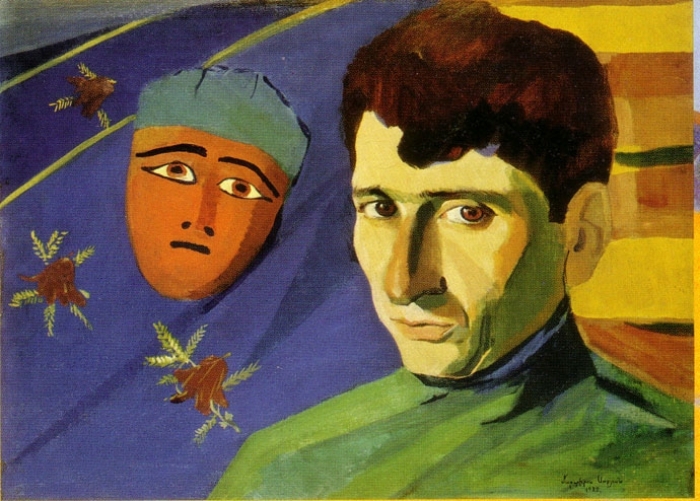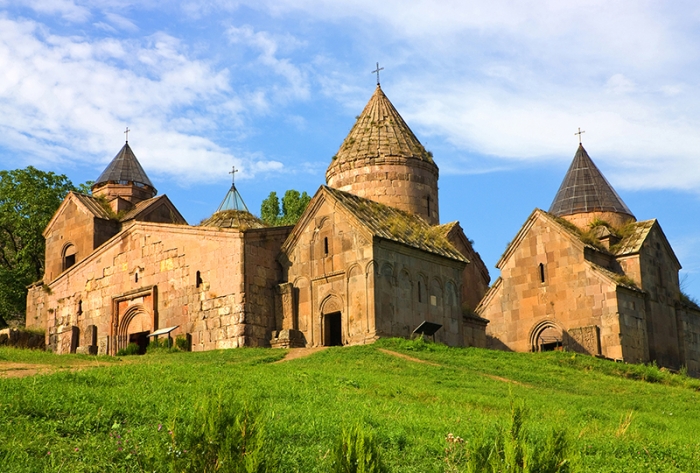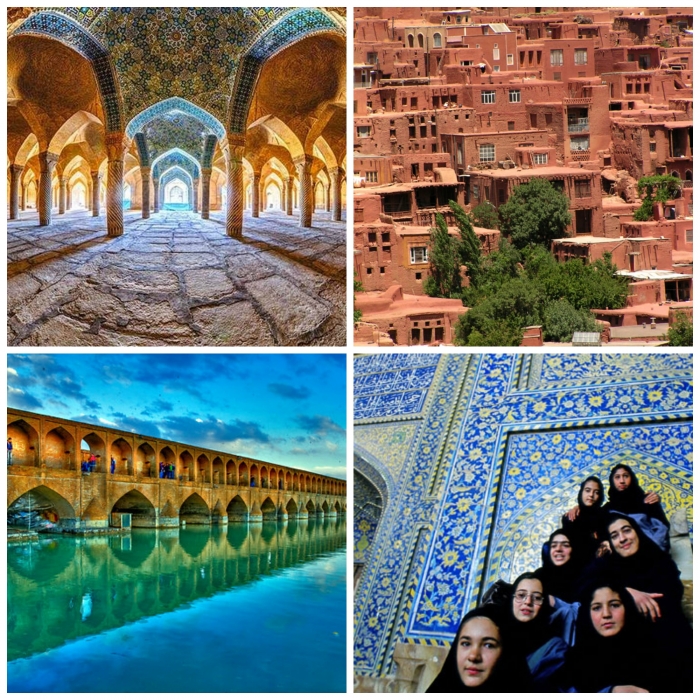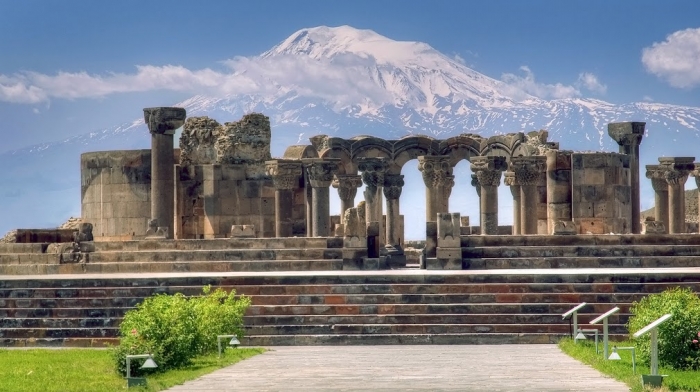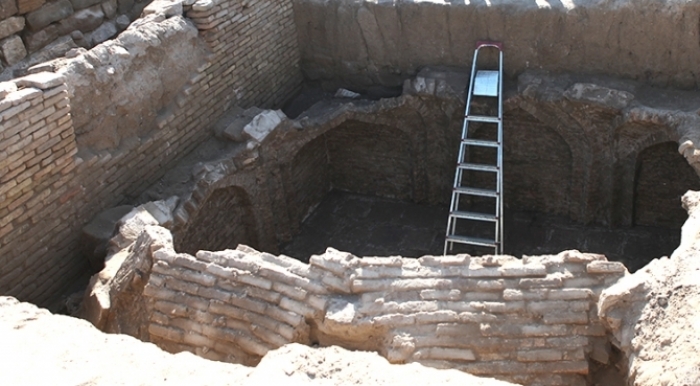Dvin
Dvin was a large commercial city and the capital of early medieval Armenia. It was situated north of the previous ancient capital of Armenia, the city of Artashat, along the banks of the Metsamor River. The site of of the ancient city is currently not much more than a large hill located between modern Hnaberd and Verin Dvin, Armenia.
The ancient city of Dvin was built by Khosrov III of Armenia in 335 on a site of an ancient settlement and fortress from the 3rds century BC. Since then, th city had been used as the primary residence of the Armenian Kings of the Arsacid dynesty. Dvin boasted a population of about 100,000 citizens in various professions, including arts and crafts, trade, fishing, etc.
Under Arsacid rule, Dvin prospered as one of the most populous and wealthiest cities east of Costantinople. Its welfare continued even after the partition of Armenia between Romans and Sassanid Persians, and eventually it became a target during the height of the Arab invasions.
The excavated structures cover the entire history of the site until its destruction by the Mongols in the thirteenth century.



